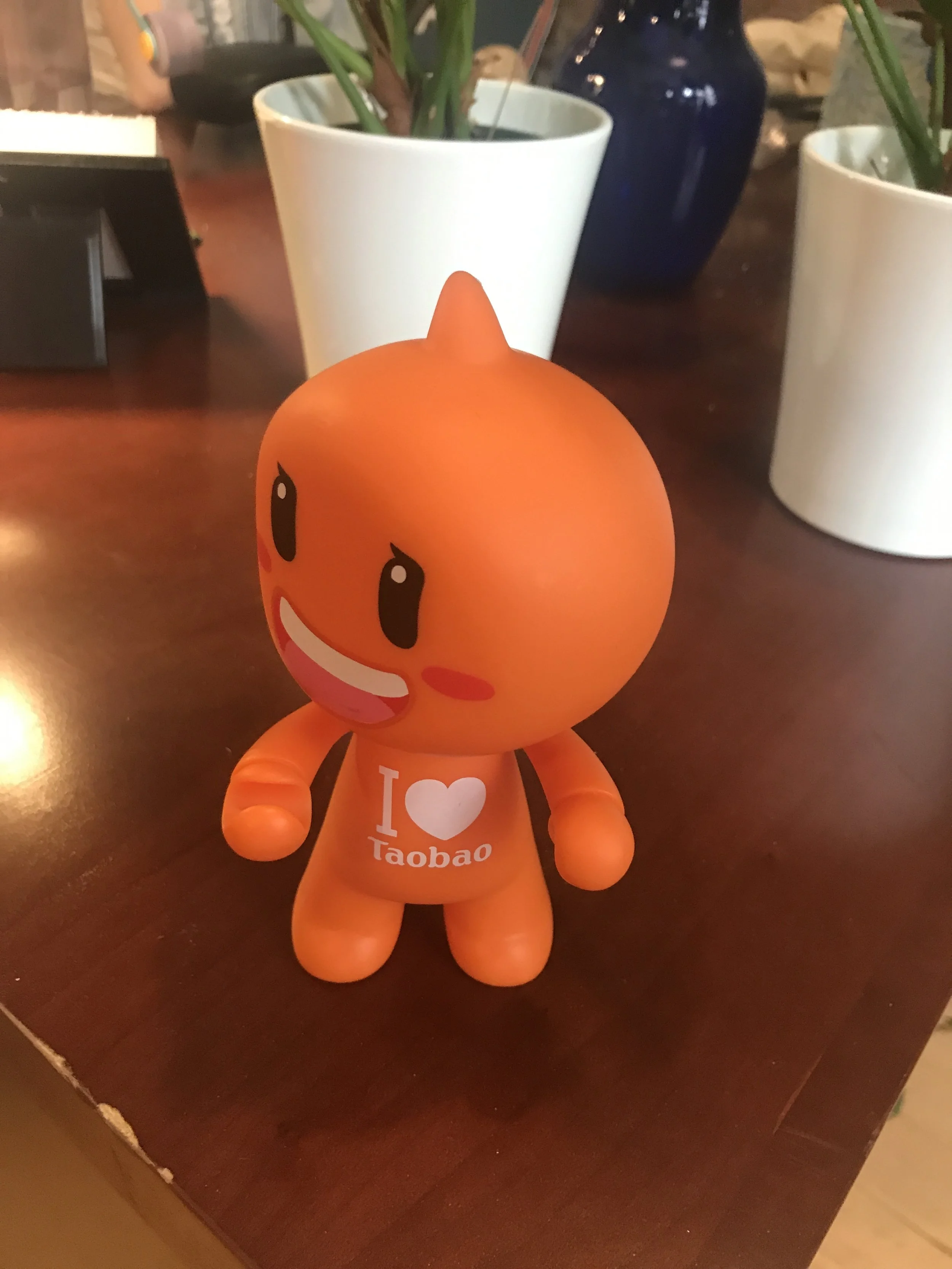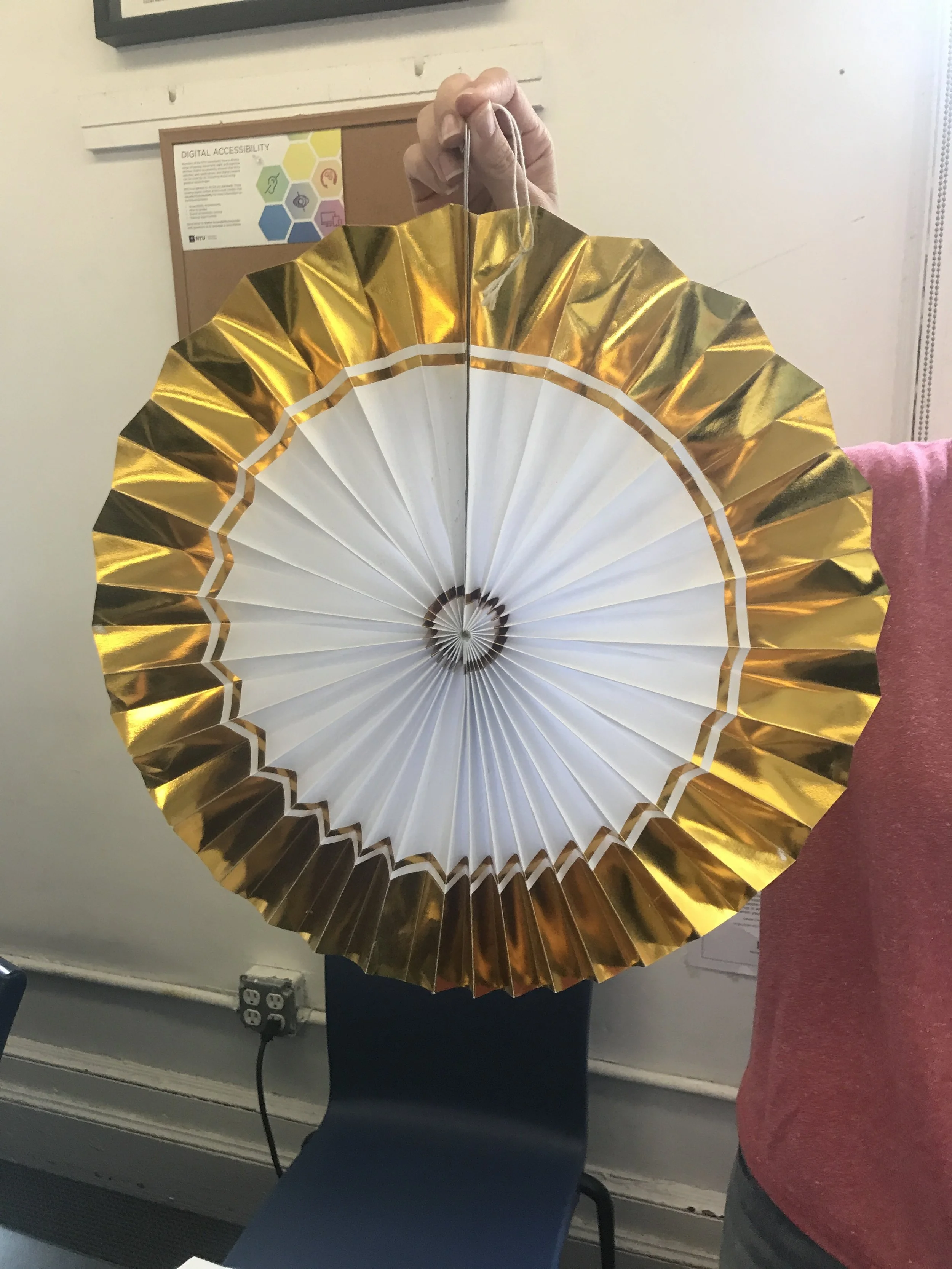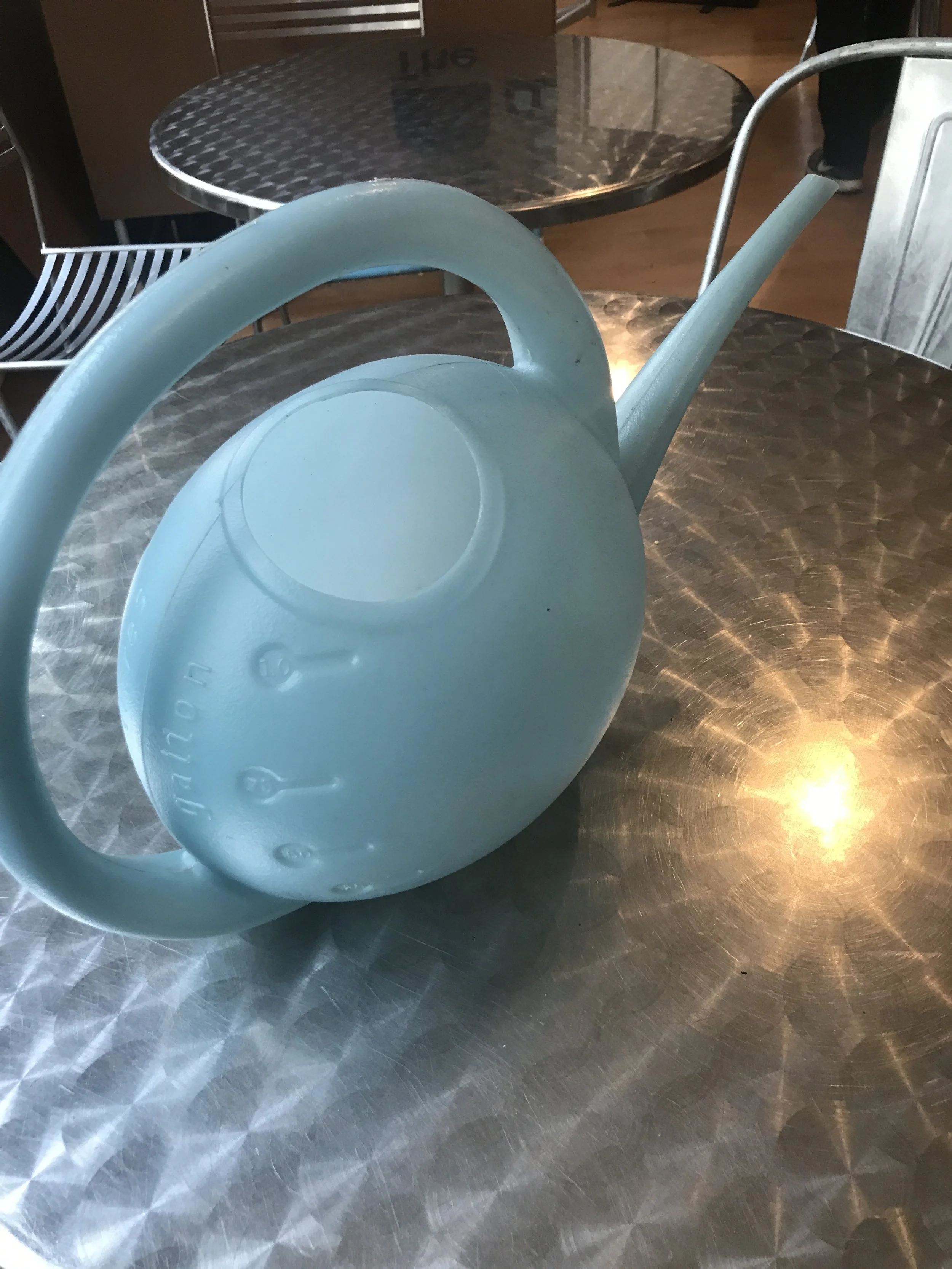This week we redesigned our toy based on the user testing feedback, looked into research on similar toy concepts and tested the new interaction during take your child to work day.
Redesign
One of the biggest takeaways from the user testing was that the toy needed to more explicitly encourage kids to explore the outdoors. One suggested we received several times was to create a scavenger hunt. We decided to use machine learning to recognize objects and guide the child on a scavenger hunt. Based on this updated concept, we created a new interaction model:
We made an updated moodboard, sketched a new design for the toy and based on that made an initial 3D model. We decided to update the material from felt to silicone because the and we received feedback that the felt would probably got too dirty and would be hard to clean.
Research
In order to ground our project within the smart toy field in terms of both concept and function, we looked into research that has been done on developing outdoor smart toys. We read the following papers:
Scratch Nodes: Coding Outdoor Play Experiences to enhance Social-Physical Interaction (Hitron et al. 2017)
A Little Bit of Coding Goes a Long Way: Effects of Coding on Outdoor Play (Hitron et al. 2018)
Evaluating Outdoor Play for Children: Virtual vs. Tangible Game Objects in Pervasive Games (Soute et al. 2009)
Heads Up Games: The Games of the Future Will Look More Like Games of the Past (Soute and Markopoulos 2007)
Heads Up Games: combining the best of both worlds by merging traditional and digital play (Soute et al. 2009)
And some reports on kids and nature:
Do our Kids Have Nature-Deficit Disorder?
As we continue this proejct, we would like to write a paper about our toy using similar methods to the ones in these papers. Our research plan would include the following elements. This is something we have decided to discuss further once the semester ends and we have our final toy.
Lead outdoor play session
Outdoor engagement and physical activity observation
Survey before and after about feelings towards playing outside
New Prototype
For our new prototype, we were relying on the phone to run the machine learning program. We are using p5 in order to allow an interaction with a button the screen, so we first we tried using the p5 generated voice for the prompt, but it sounded too robotic. Instead, we decided to switch to using voice recordings corresponding script and recorded voices for. Thank you to our classmate Lillian Ritchie for being the voice of our toy!
Using p5 and Google’s teachable machine, we trained the toy to recognize five objects:
User Testing
This week Tisch hosted a take your child to work day, so we demo’d this interaction with the kids there. We set up the computer with an external camera and placed the trained objects around it. We showed the kids and . Most of the kids were five or younger and enjoyed searching for objects and seeing if the computer could recognize them. We also spoke with parents and received positive feedback from them on the concept. Many like that the toy would get their child outside and off screens and also liked that it was toy that they and their child could play with together.
Demo
For the demo in class, we fabricated a low-fi toy prototype.
In our demo the toy identified one object, but had some bugs as the interaction went on.
Our next steps are 1) to update the code and stress test it and 2) fabricate the toy out of silicone













